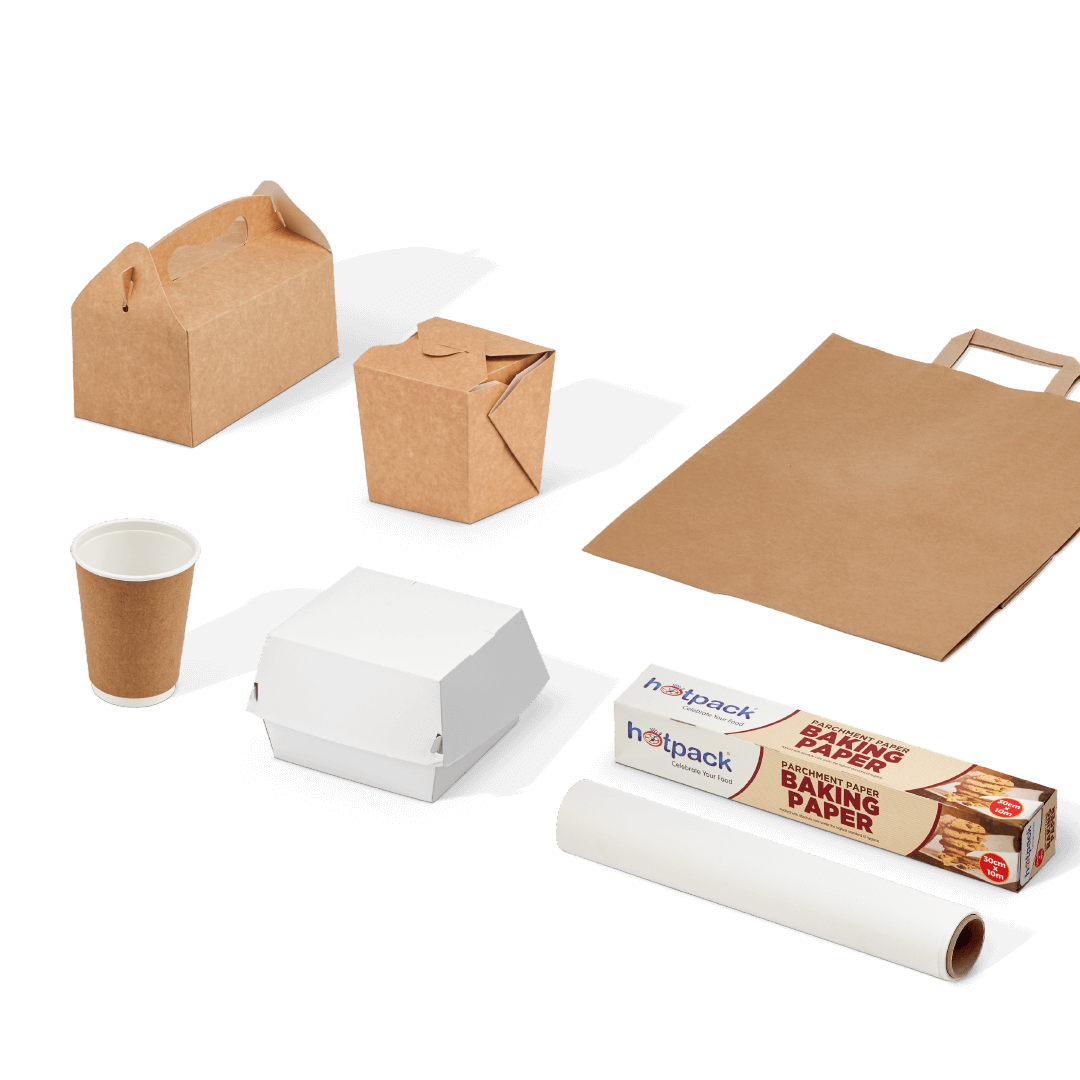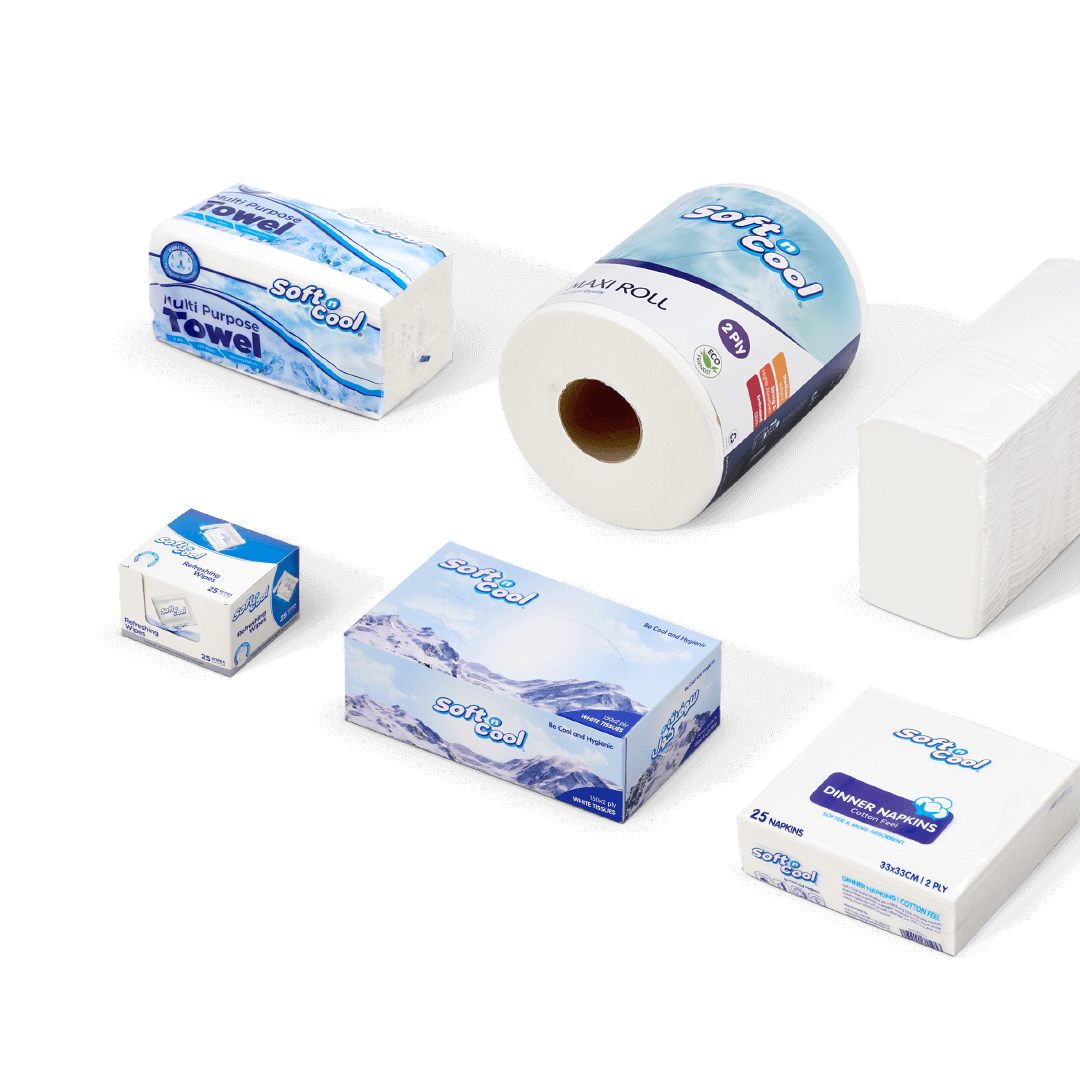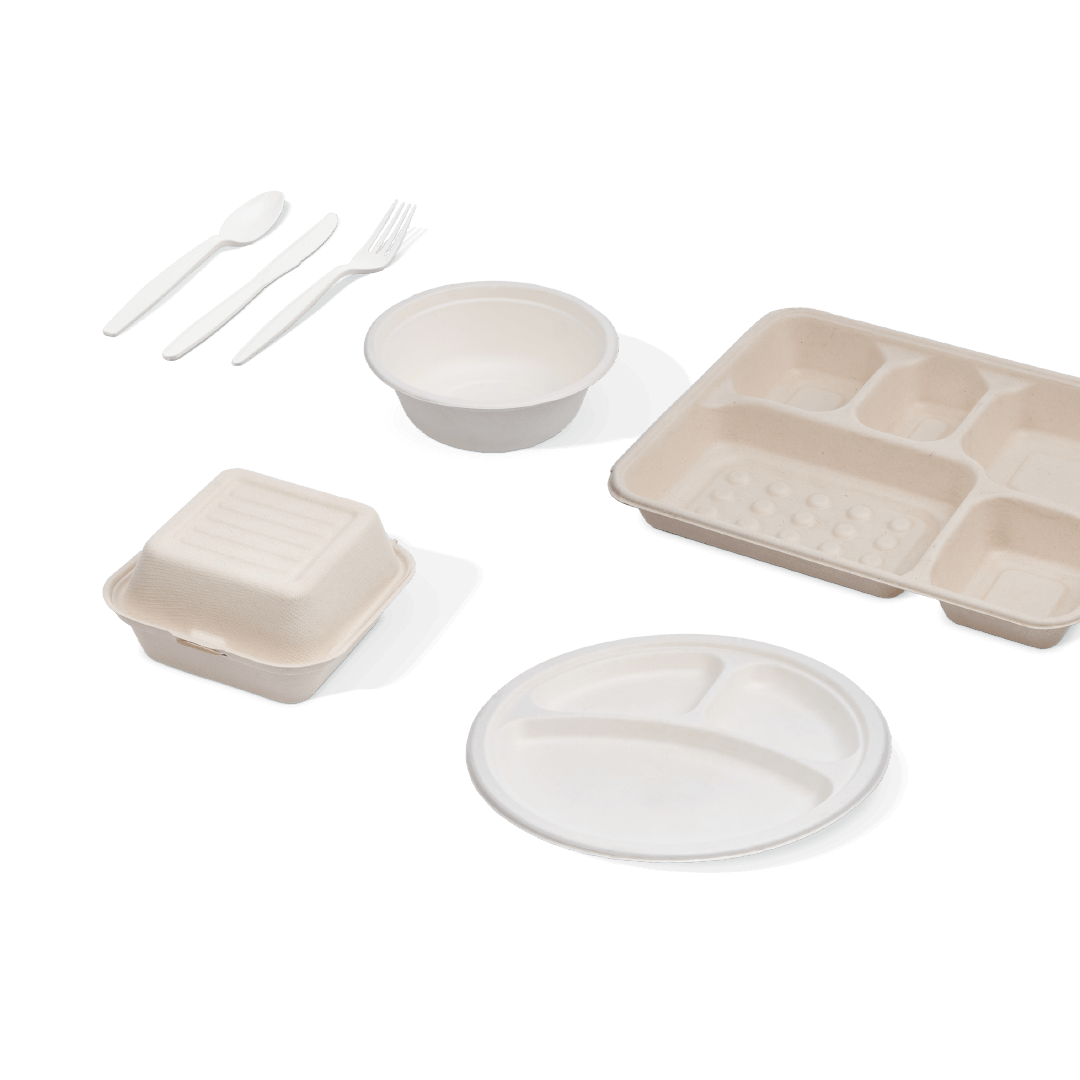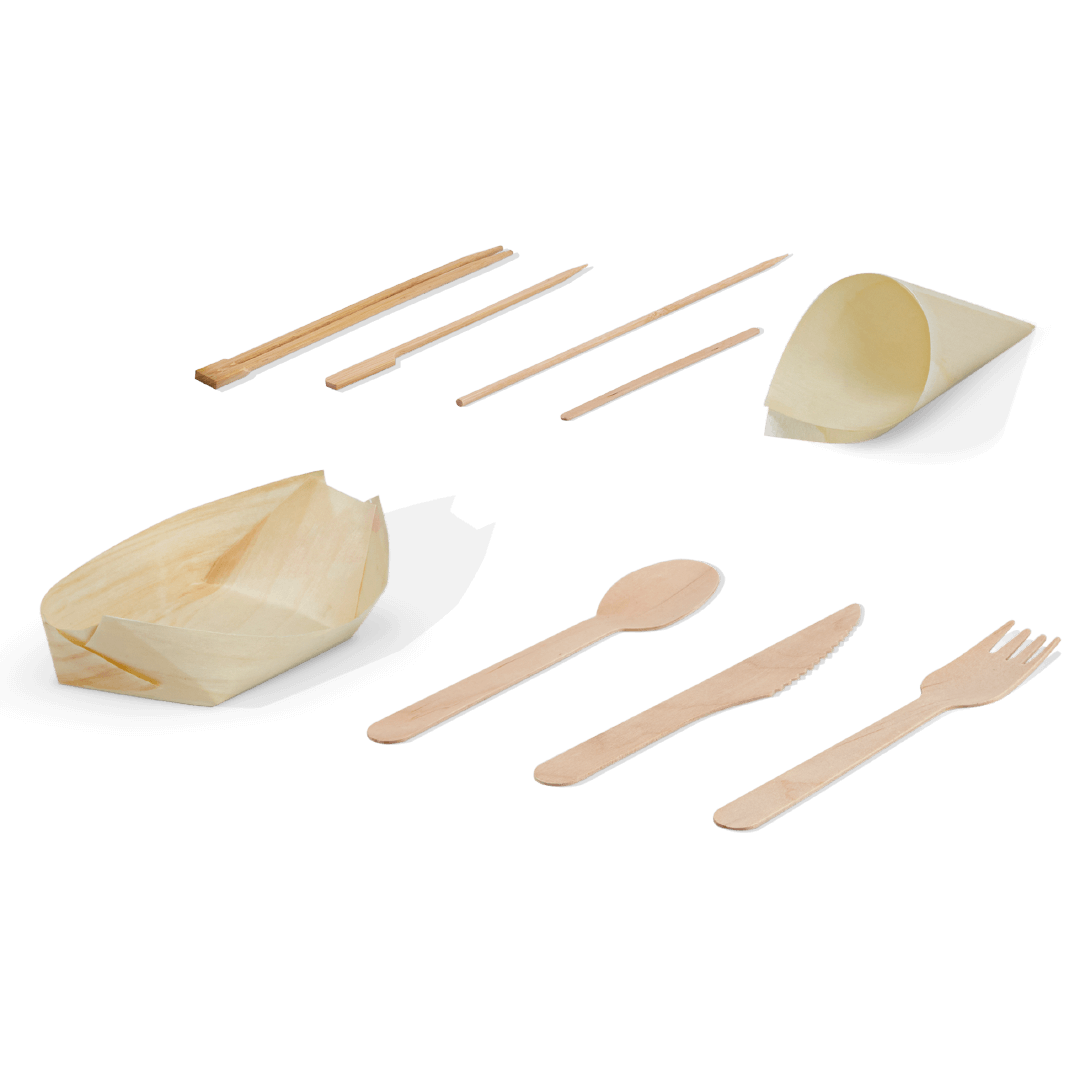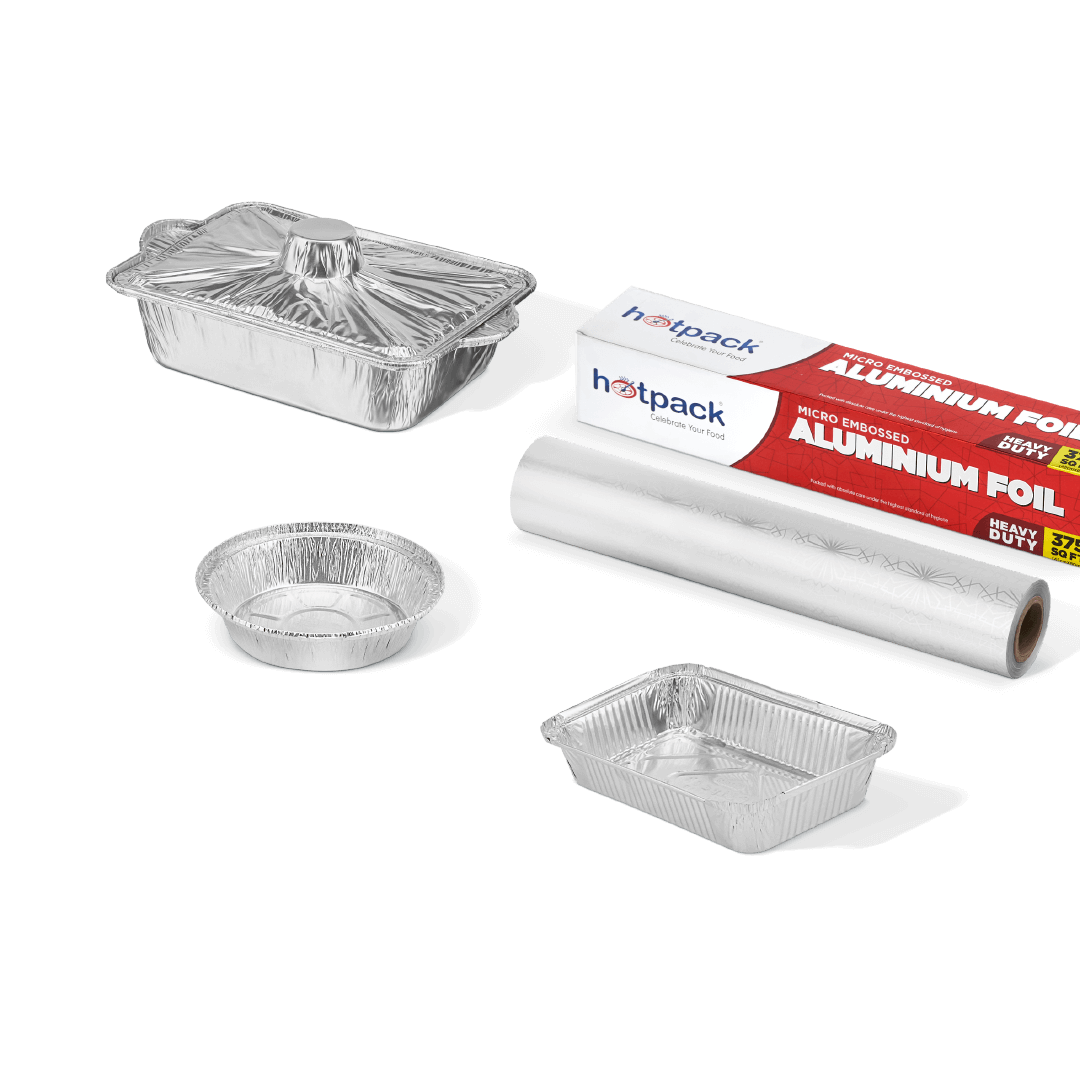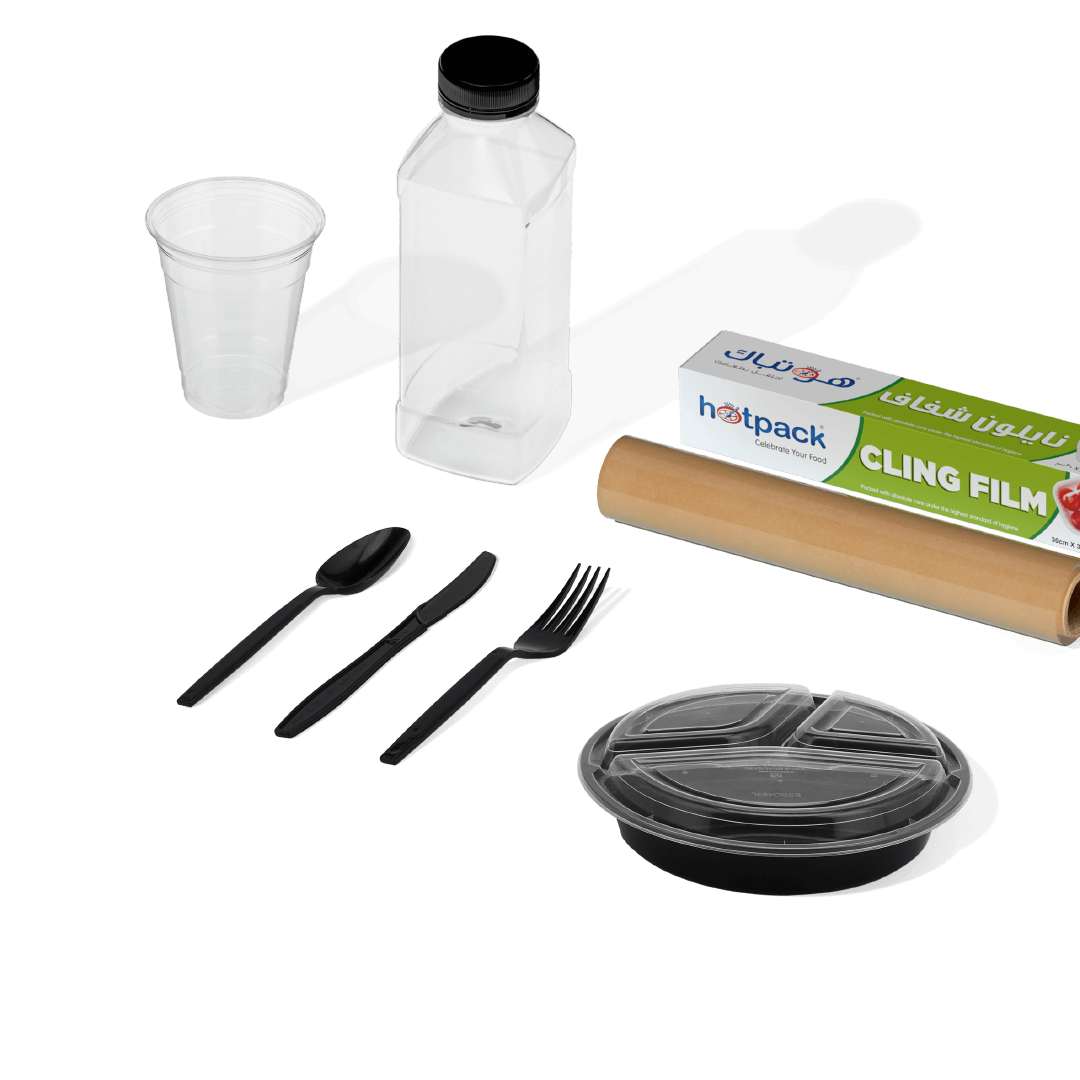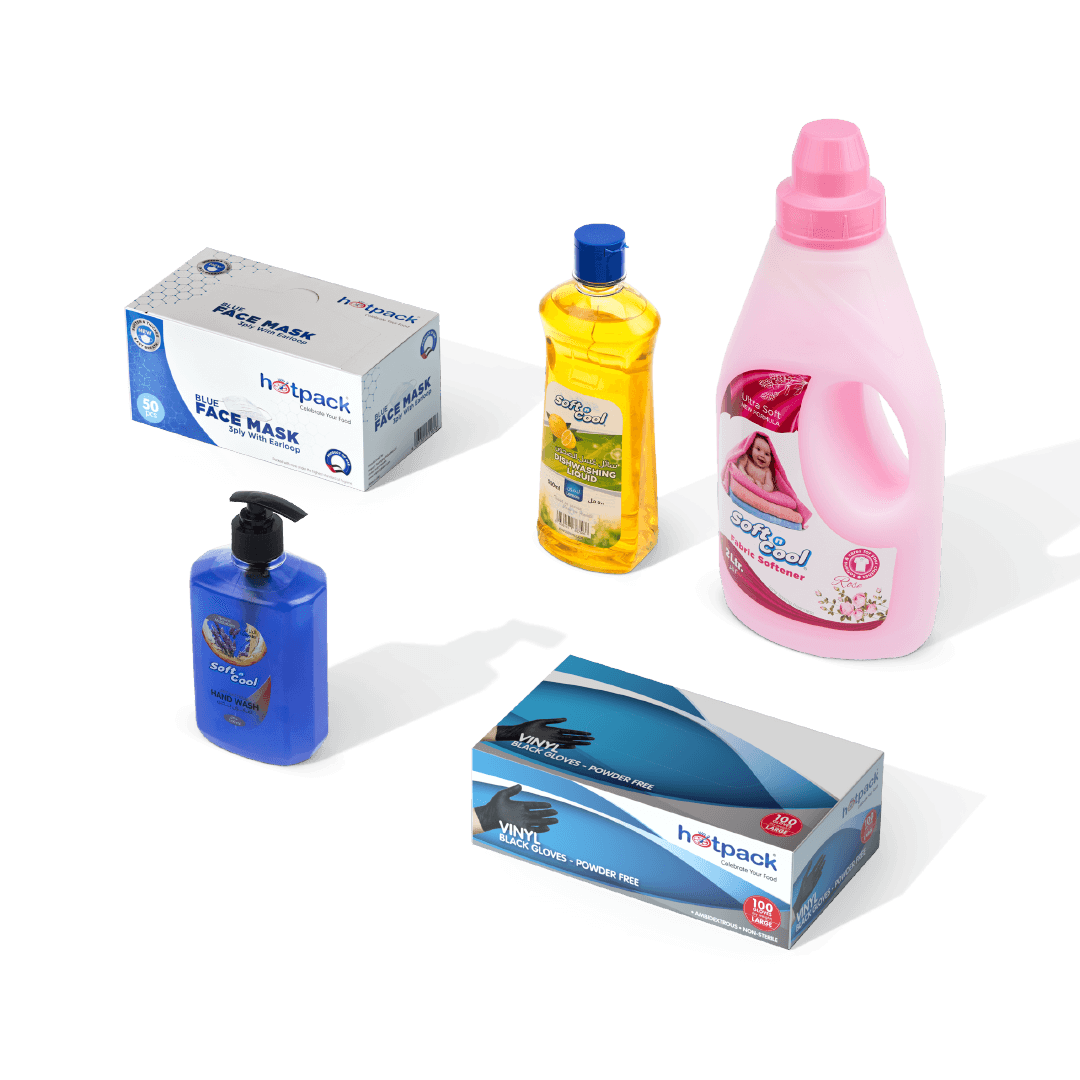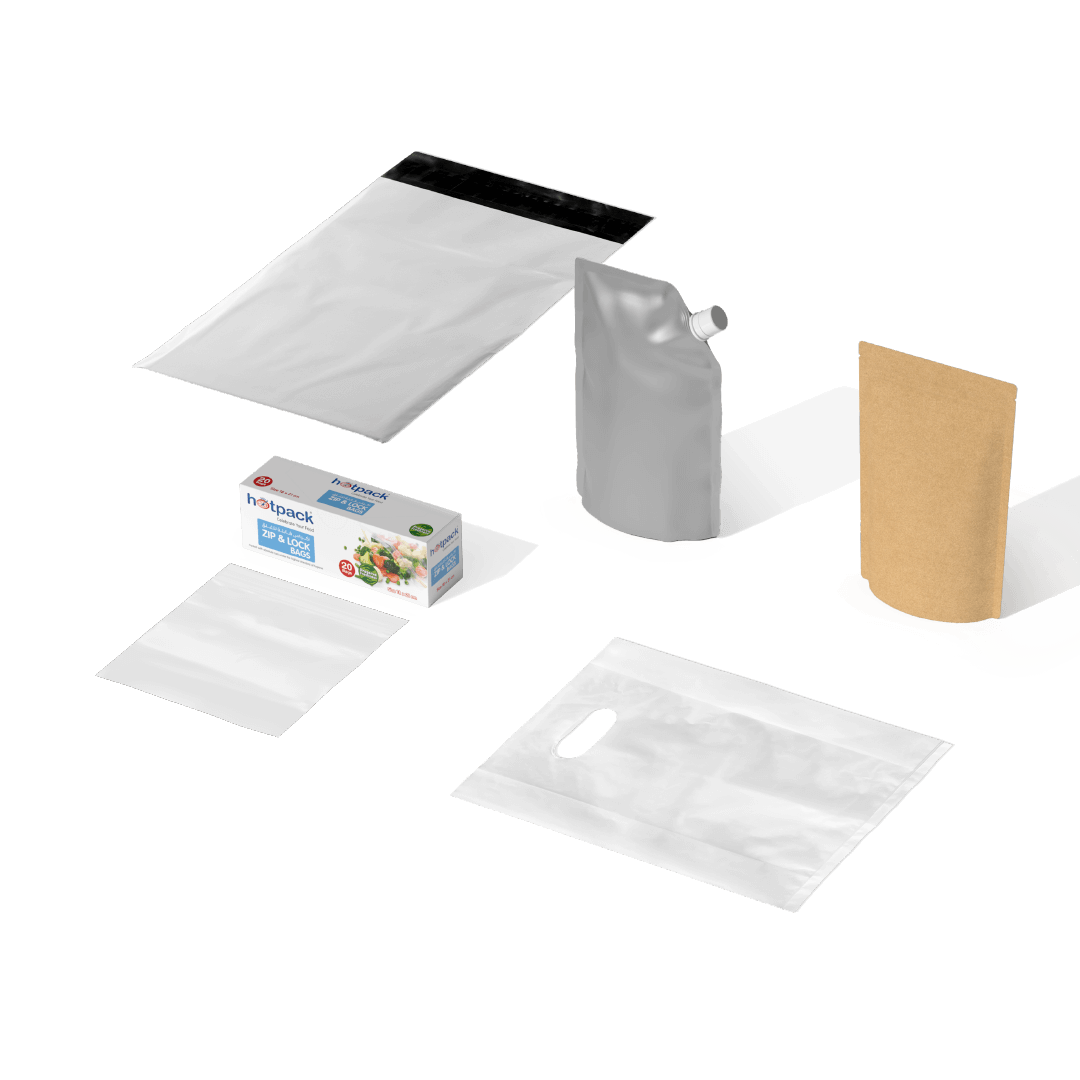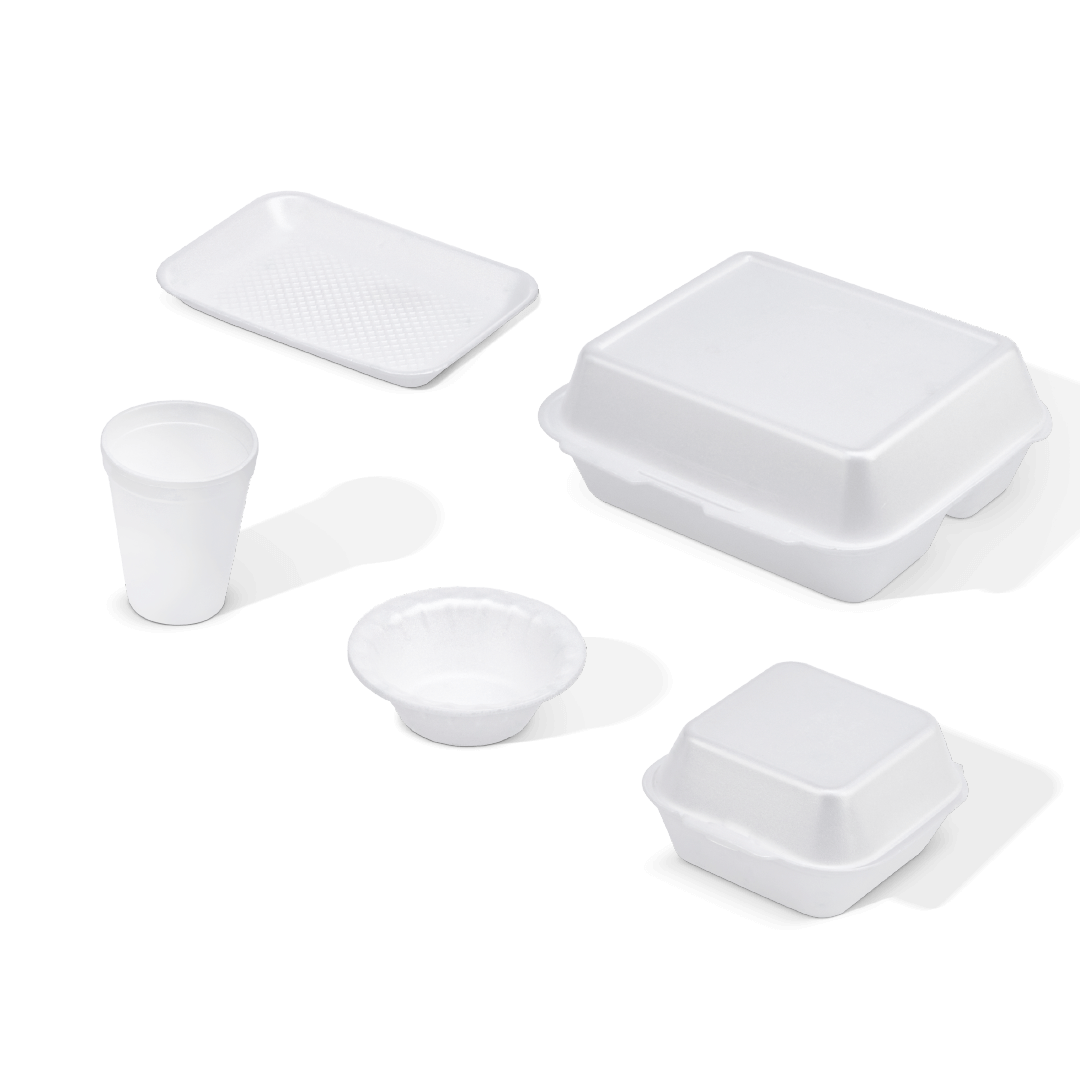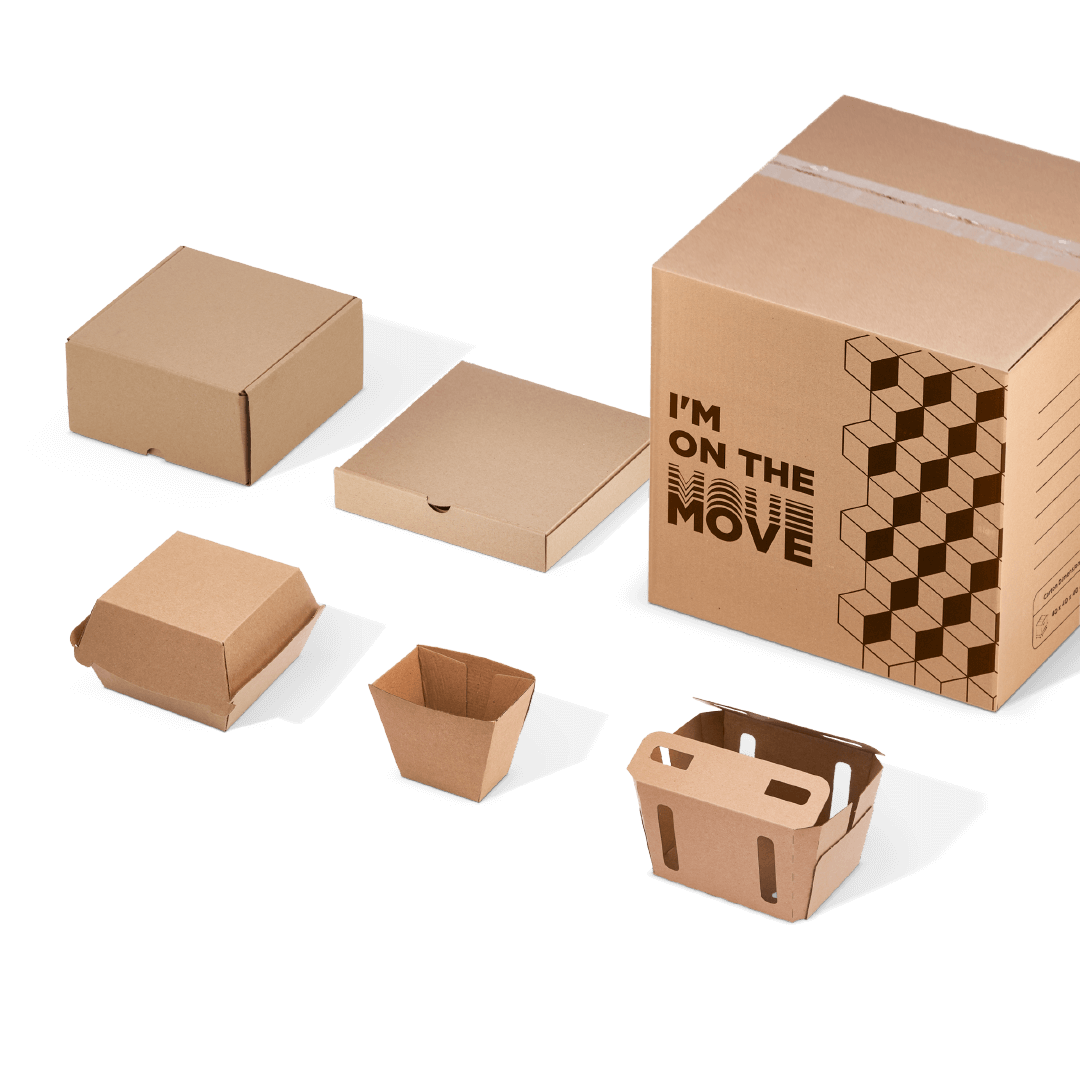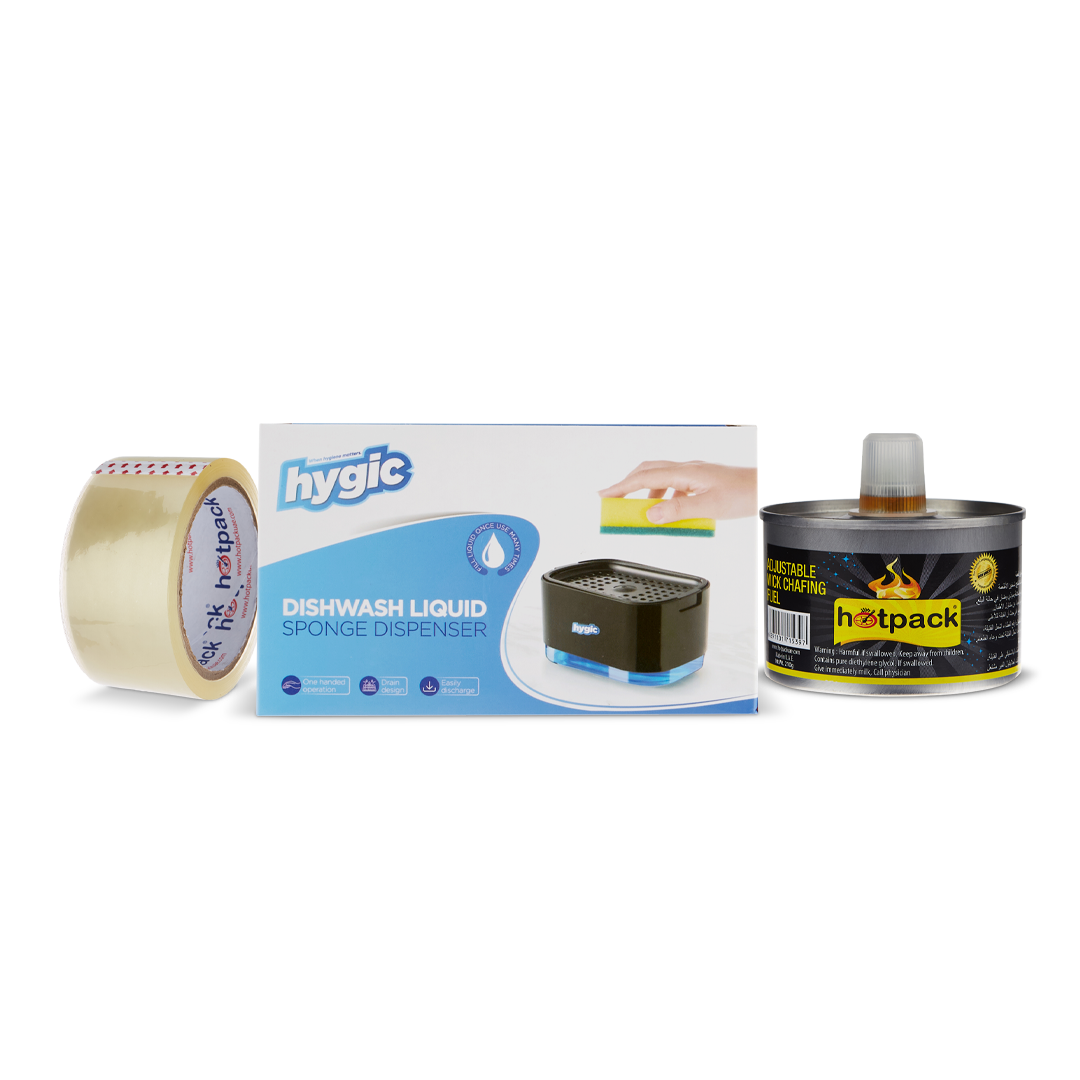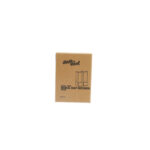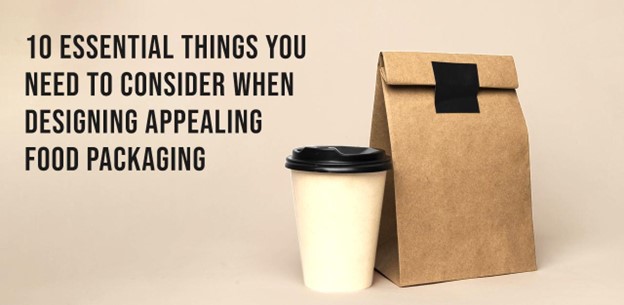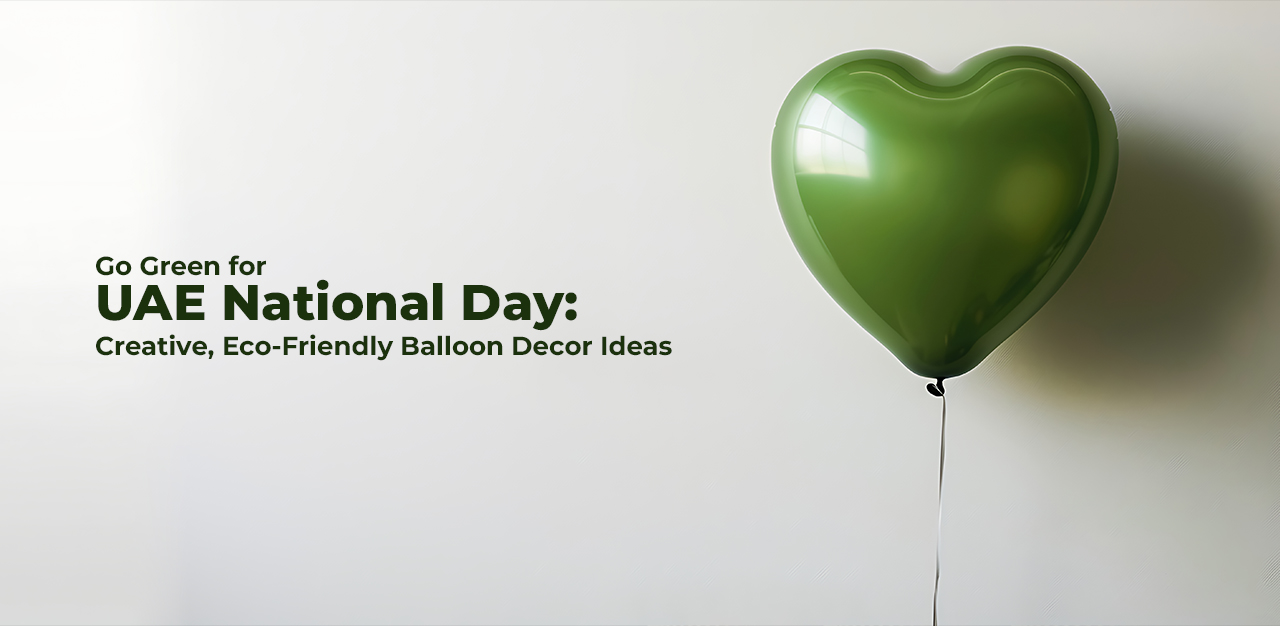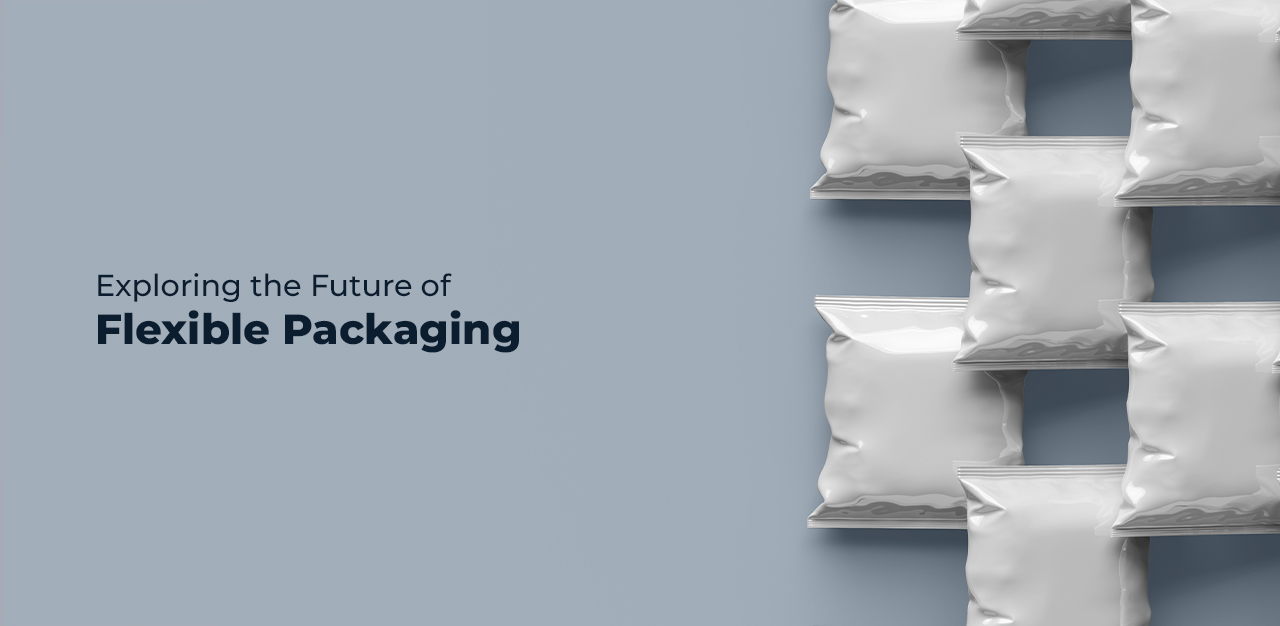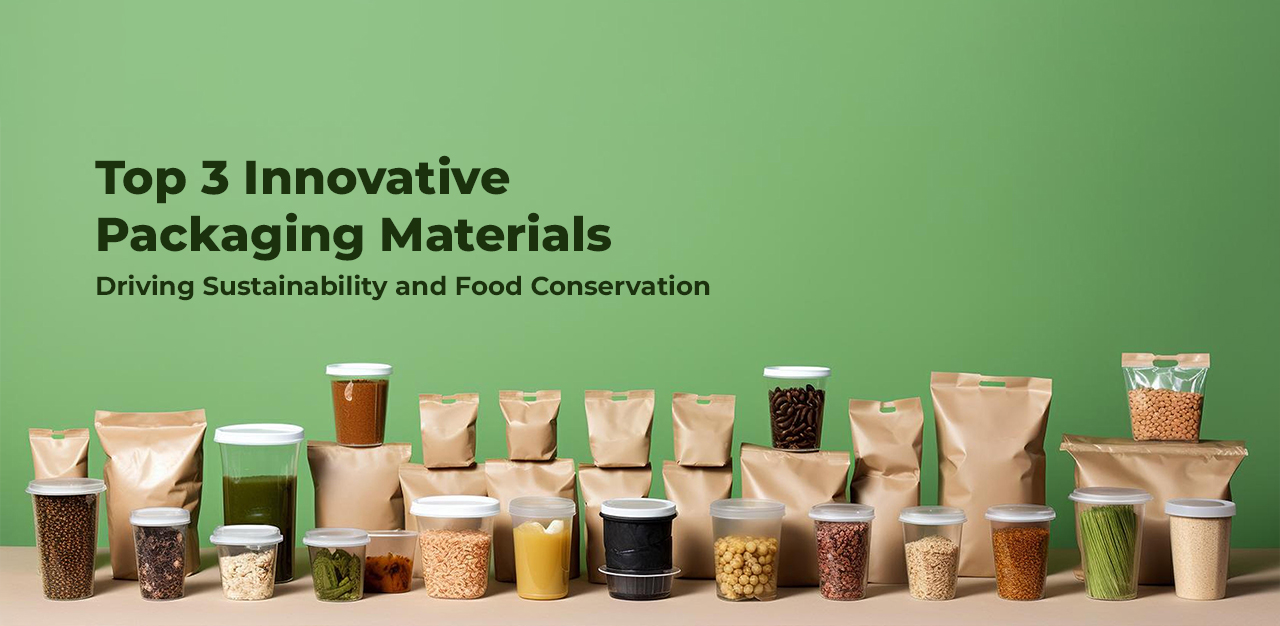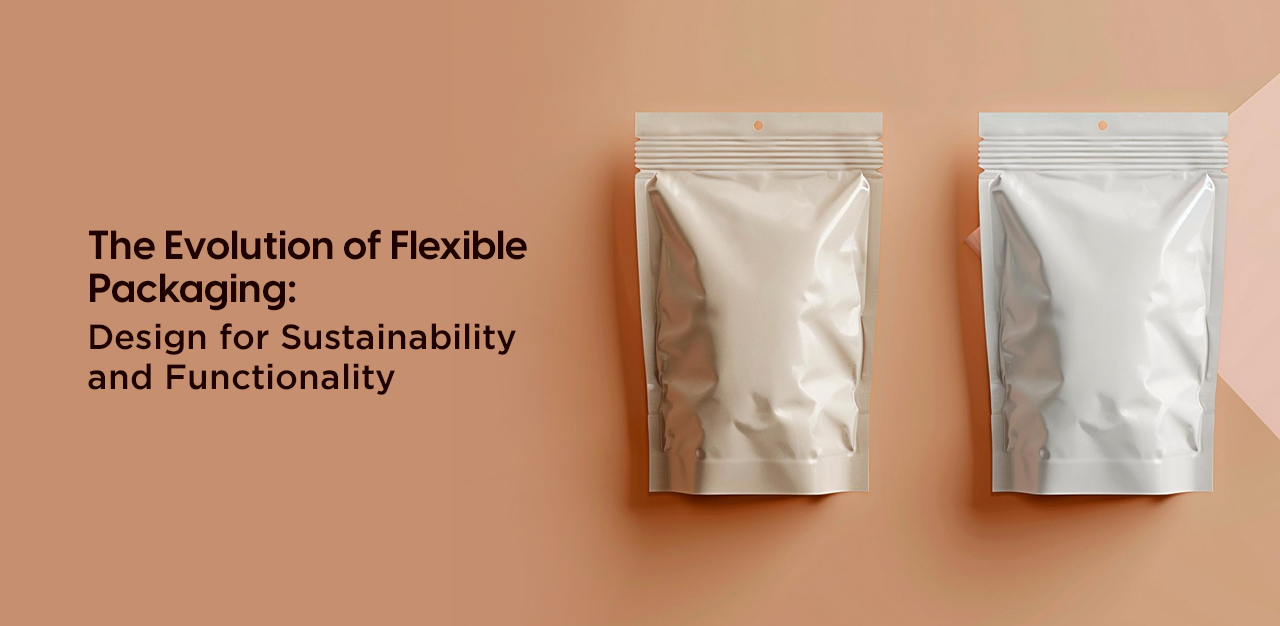Developing a new food product is a thrilling experience for anyone working in the food sector. A new idea’s initial spark, further preparation, and final packaging are all crucial stages in the process. When it comes to product packaging design, time is of the essence. Customers judge if they want to taste the dish by looking at the package. If your product’s packaging is poorly made, nobody will buy it. Several food enterprises have been formed in the modern market to satisfy consumers’ needs or wants. Any industry getting ready to launch its goods must concentrate on food packaging. The packaging displays the style and calibre of the goods. As a result, when businesses release or produce new products, they must carefully design the product’s wrapping.
Packaging communicates the brand’s narrative, safeguarding products throughout shipping, providing an easy display, and maintaining product freshness. All of these elements must be considered when creating the packaging for your food product. Here are crucial factors to consider when designing your packaging if you are currently in the planning stages.
1. Make that the packaging matches the contents.
Chips, cereal, cookies, and other more delicate food items must all be transported in a container that guards against breakage. Packaging for perishable foods must withstand moisture and other elements in the freezer or refrigerator sections. Customer expectations are another consideration. A customer who has become accustomed to the pop-top experience may find a can of soup unsatisfying if it doesn’t have one. Wax is commonly used for packaging cheese, although this method might not be as effective for other goods.
2. Simple is best.
Considering how many food influencers scrutinize ingredient labels, it is now more crucial than ever to show how specific your product is. The era of cluttered brands chock full of information and colour is over. Designers are increasingly gravitating toward product packaging that features a single image in the middle that captures the essence of the product, leaving the rest of the box blank. This design aesthetic not only produces a classic appearance that transcends trends. Additionally, it increases design versatility and helps clients see your product as cleaner than competing products.
3. Versatility of Design
When you build a brand that people instantly know and enjoy, it is a rewarding feeling. But what happens if you have to switch the packaging for that brand? Consumers may demand your product in snack-size options, in bulk, or coupled with other favourite foods if it gets popular. Accordingly, if you don’t design properly, the aesthetic that customers have learned to identify with your product may not translate well to various types of packaging. For the lifetime of your brand, having a design that can be easily applied to packages of different sizes is a beneficial tactic.
4. Use the food packaging to highlight its advantages.
When buyers pick up a product that piques their attention, they frequently consult the packaging to determine whether it offers what they want. Checking the calorie count, carbohydrate content, and other dietary requirements may be necessary for someone trying to lose weight. Others might be craving a sweet treat or a spicier food. Your packaging must highlight the best qualities of the food within to draw the correct kind of customer. Is the drink intended to be nutritious? A unique treat? Whatever the product is designed to provide must be prominently displayed on the packaging.
5. View available patterns and colours
Customers can be drawn in by a splash of colour or by altering a product’s texture or pattern. You may have even less time to capture the attention of someone seeking to decide on a product when a customer walks down a grocery aisle. It is beneficial to think about the colour and pattern of your goods. Colours influence consumers in food packaging products in many ways. One of the hues the human brain processes the fastest is yellow, which is known to increase hunger and improve people’s moods. Contrarily, buyers equate blue with honesty, which is considered an unappetizing colour.
6. Cost-saving Creativity
What about the packaging for products marketed to consumers on a tighter budget? Elegant packaging is appropriate for high-end luxury items. It might be challenging to design a box that would entice buyers without utilizing pricey materials, but creative ideas can frequently assist keep prices down while also producing attractive packaging. The materials used in the packaging are inexpensive, always accessible, and unique, but they are also ideal for the product sold in them. Developing packaging that meets all your food product’s criteria without being excessively pricey with a bit of imagination is feasible.
7. Examine available materials
For many logical reasons, food packaging frequently uses the same materials. Packaging serves more than just aesthetic purposes; it must safeguard the food and packing container while maintaining freshness. That indicates that the materials used for packaging are frequently plastic, glass, or other hygienic materials that are economical and effective. If your section of the food market is a niche, you might strive to stand out by varying the materials typically utilized there. Milk is often packaged in cardboard or plastic jugs, but some dairy farms have returned to packaging their milk in glass bottles, which is a fun novelty for consumers.
8. Establish Limited Editions
Many of us race to our neighbourhood coffee shops as soon as the first autumn leaves start to change colour to purchase the earliest pumpkin spice-flavoured goods available. We have lost the seasonality of food that used to be a significant part of our culture, thanks to contemporary technology and transportation. However, food starts to lose its charm when it is always available. Making anything limited edition increases demand from consumers aware that their opportunity to enjoy it will pass quickly.
9. Makes modest businesses appear larger
Many small businesses make the error of attempting to handle branding themselves in an effort to save money. This could give off a less than polished appearance. We’ve all seen websites that were created by hand and aren’t user-friendly or a business card that appears to have been printed quickly. These shoddy products could turn away the same clients they are meant to draw, killing the venture before it ever gets off the ground.
10. Tells the tale of your business
Every product on the market today has a purpose for existing. Every firm develops its food items for a reason, whether it’s a meal that subtly sneaks veggies into your child’s diet, an organic and GMO-free food, or something that’s just plain good. The right packaging can convey that message and allow shoppers to quickly determine if your food is a party in a bag, pure and healthy, or simple and real.
Conclusion
Although designing food packaging is a complex undertaking, developing an appealing and distinctive wrapping style is essential to boost sales. Creating an attractive and reliable package design is crucial in today’s cutthroat industry. As a result, companies have invested time and money in developing a particular package design. Considering the above mentioned aspects, enterprises may easily choose an appealing wrapping style for their food goods.

